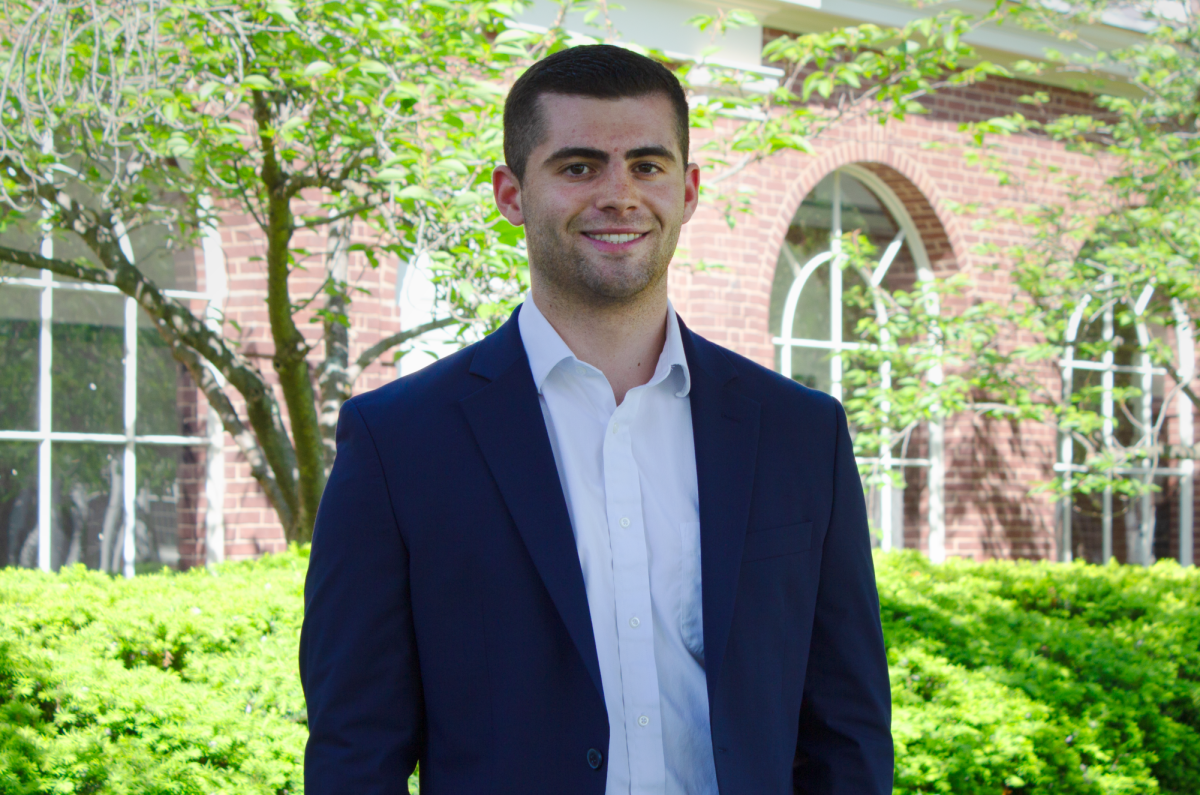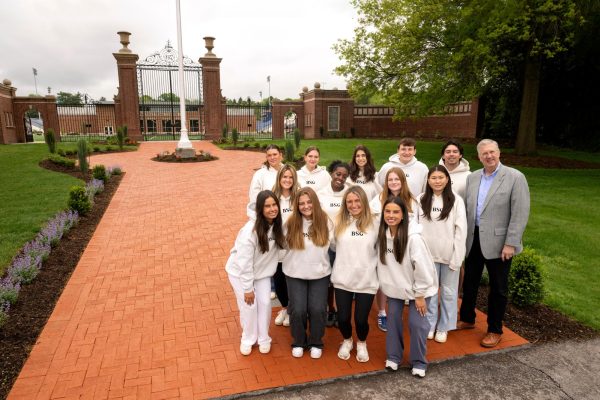Editorial: Consider all the Options
One of the distinguishing qualities of an elite university is its student retention rate. Retention rates denote the percentage of students who return to an educational institution each year and is often considered the strongest indication of a student’s overall satisfaction with his or her school. High student retention rates correlate with higher alumni giving levels. Institutions also want to attract as many prospective students as possible, largely to reduce acceptance rates and appear more selective. Student retention rates are commonly published, and prospective students look at them when deciding where to apply to college. Non-returning students also represent lost revenues to a school if they cannot be replaced. In any event, filling open slots for upperclass students still costs the school money. Hence, universities nationwide place great emphasis on student retention.
The University is no different. With both its first-year to sophomore as well as its six-year overall retention rates in the lower 90th percentiles, the University is undoubtedly competing with the top-ranked higher education institutions in the nation. Nevertheless, the University wants to become even more competitive. One of its goals is to increase both of these retention rates. To accomplish this, a Degree Completion Working Group has proposed the Early Signaling pilot program.
The desire to make students happier, more successful, and choose to return to campus each year is admirable. Every student wants to thrive and feel at home at the University. But has the group considered all of the options for achieving this goal?
While the intended goals for the program are legitimate, the process itself raises several concerns. How will students react to the program? While the program is designed to precipitate open and constructive communication between professors and students to find the best way to maximize student performance in the classroom, students may feel that it is intrusive. It could be perceived as an invasion of privacy and create feelings of uneasiness among students. Students might feel as though they are constantly being watched and evaluated, creating distance between professors and students.
How will the group ensure that the information is kept confidential? Professors submit formal reviews of each of their students separately and confidentially, but since each professor is encouraged to evaluate each student, this could likely raise informal discussions between faculty members about the students. How can students be certain that their performance or behavior in one class will not be affected in another class by an informal discussion among professors?
While raising the retention rates are valid goals for the University, there are several potential undesirable side effects. We urge the group to consider these potential problems and explore other options. Most importantly, it should consider how a program that intends to raise student satisfaction will ultimately affect student satisfaction.





















